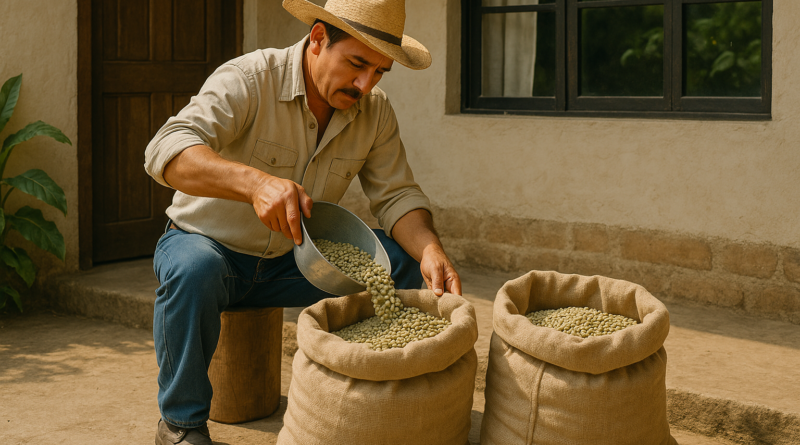Direct Trade Coffee: Is Trading Directly Better for Farmers and the Planet?
Why Direct Trade Needs a Closer Look
More and more coffee bags now carry the phrase “direct trade.” It sounds like a win-win: roasters work directly with farmers, farmers get a better deal, and consumers get a more transparent cup. But what does it actually mean?
Unlike Fair Trade, which operates as a third-party certification with minimum price guarantees and social premiums, Direct Trade is not a regulated system. There are no standardized rules or independent audits. Instead, it’s a sourcing philosophy built on trust, transparency, and direct relationships between producers and buyers. That freedom can be a strength—or a weakness. Direct Trade offers opportunities for meaningful change, but also relies heavily on how responsible each participant chooses to be. In this article, we explore what direct trade really looks like, what it can offer, and where its promises deserve a closer look.
What Direct Trade Actually Is (and Isn’t)
Direct trade isn’t a certification, a checklist, or a set of global standards. It’s a model built on direct relationships between coffee roasters and producers—usually smallholder farmers or cooperatives. The goal is to cut out intermediaries and let both sides negotiate terms that reflect quality, transparency, and mutual respect.
In theory, this allows farmers to earn more for their beans, especially when they grow high-quality, traceable lots. Roasters, in turn, gain greater control over sourcing, freshness, and storytelling. They can visit farms, build long-term partnerships, and ensure consistency harvest after harvest.
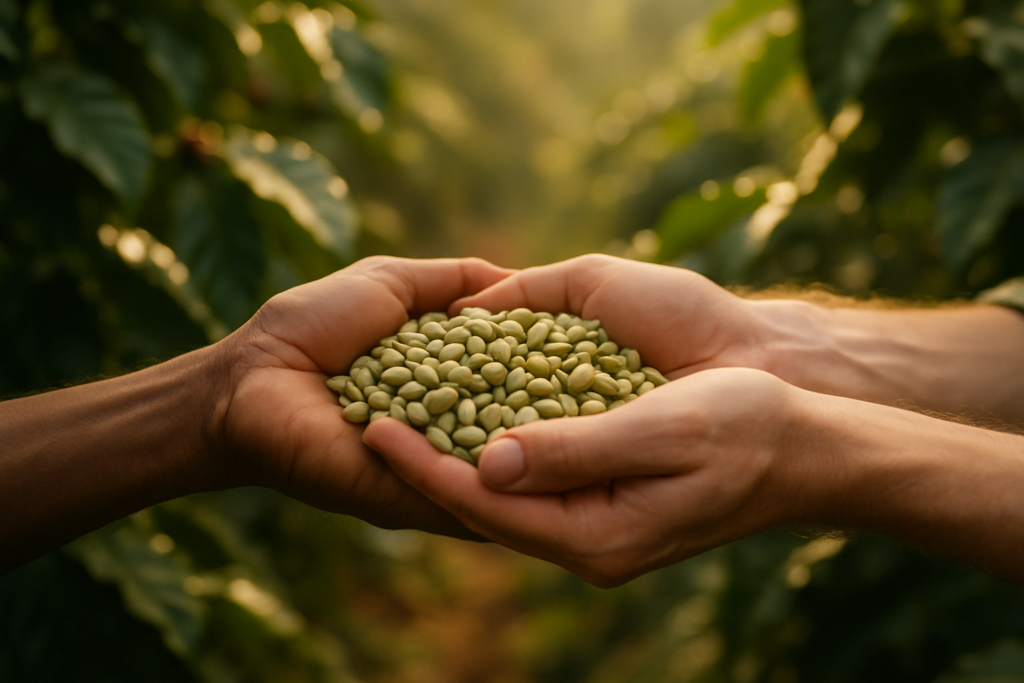
But here’s where it gets tricky: since there’s no universal definition or oversight, “direct trade” can mean very different things depending on who’s using it. Some roasters publish detailed reports about pricing, farm visits, and contracts. Others simply claim direct trade status after buying once from an importer who has visited a farm.
In other words, direct trade is only as transparent as the brand behind it. That doesn’t make it bad—it just makes it important to ask questions. Who grew this coffee? How was the price decided? What does “direct” really mean in this context?
How It Can Benefit Farmers
One of the biggest promises of direct trade is that it gives more power—and more income—to the people who grow the coffee. Without the middlemen, farmers can often negotiate better prices, especially if they produce high-quality beans. Instead of being tied to the ups and downs of global commodity prices, they’re rewarded for their craft.
Long-term relationships are another key benefit. When roasters return to the same farms season after season, it brings stability. That ongoing partnership means farmers can plan ahead, improve their crops, and even try new techniques—like experimenting with processing or growing specialty varietals.
Some of the most committed roasters go further: funding infrastructure, offering training, or helping farmers improve their environmental practices. These aren’t just transactions—they’re collaborations that can uplift entire communities.
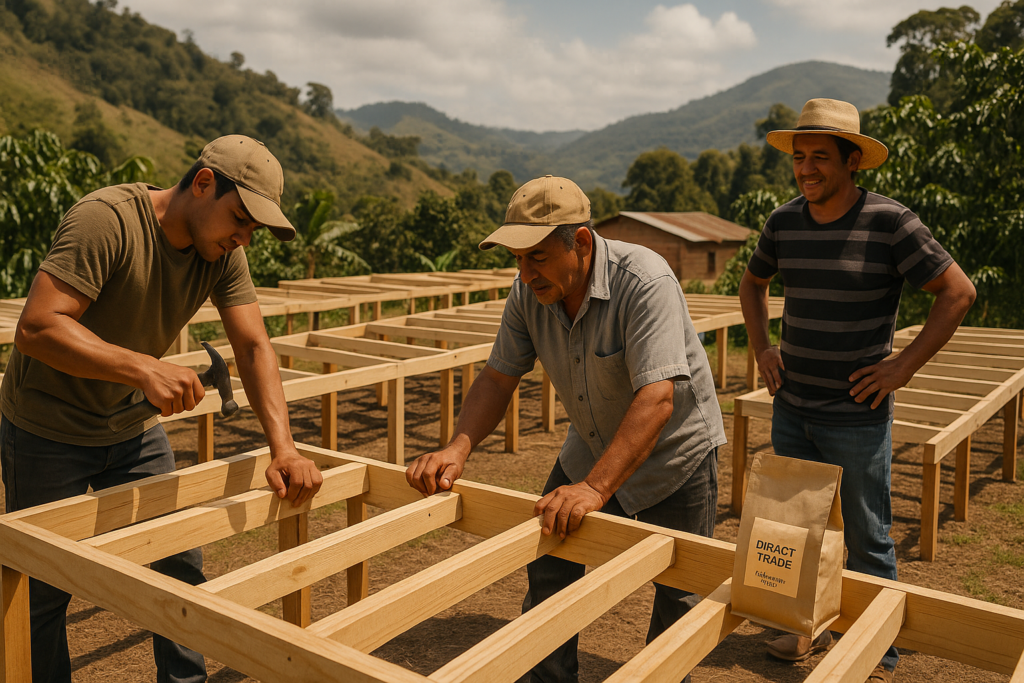
But here’s the catch. Not all direct trade deals are built equally. If a buyer holds most of the power and the relationship isn’t truly two-way, the benefits for farmers can shrink fast. For direct trade to really work, it has to be more than just a sales channel—it has to be a shared commitment.
The Environmental Angle
While direct trade often focuses on economic fairness and relationship-building, it can also influence how coffee is grown—and that matters for the planet. When roasters work closely with producers, they sometimes encourage or even support environmentally friendly practices like shade-grown cultivation, composting, or reduced chemical use.
The logic is simple: if roasters are sourcing from the same farms year after year, it’s in everyone’s interest to preserve the land those beans grow on. Long-term partnerships create space for conversations about sustainability—about investing in better irrigation, planting native trees, or protecting nearby ecosystems.
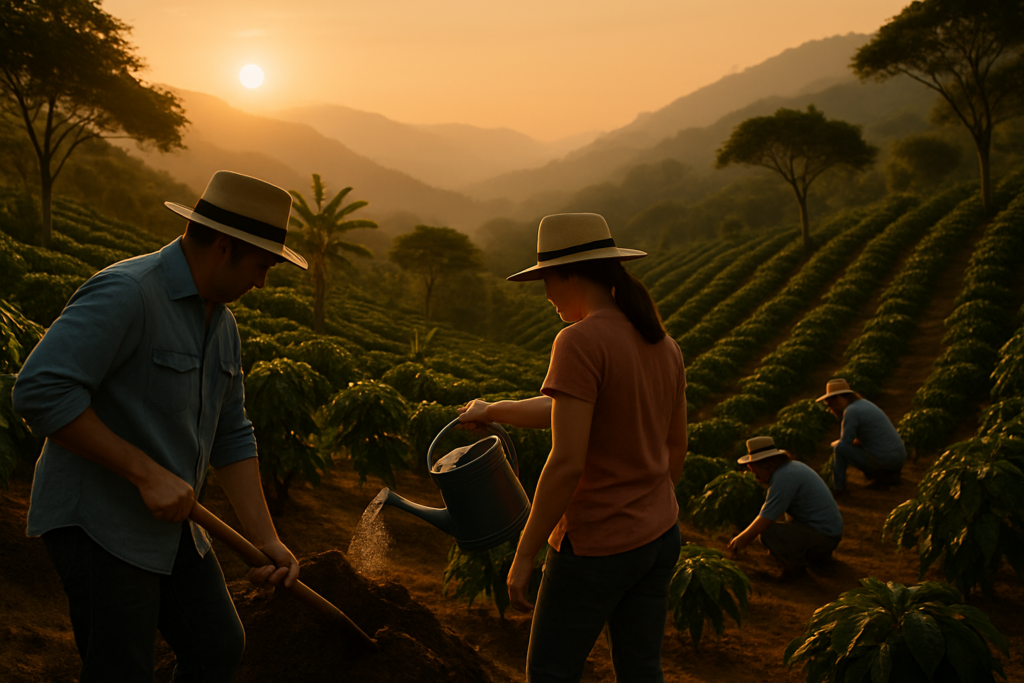
That said, not all direct trade coffees are environmentally sustainable by default. Since there’s no third-party oversight, it’s up to each individual roaster and producer to define what sustainability means—and to follow through on it. Some direct trade coffees may be grown under organic or regenerative methods. Others may still rely on high-input, sun-grown systems that maximize short-term yield at the expense of long-term soil health.
In other words, direct trade creates the opportunity for sustainable farming—but it doesn’t guarantee it. The environmental benefits depend on the priorities of the people involved and the level of transparency they’re willing to share with their customers.
Where It Falls Short
Direct trade can be powerful, but it’s far from perfect. Without shared standards, the term can mean very different things. Some roasters invest in long-term relationships with farmers, while others may use the label after a single purchase. That makes it hard for consumers to tell what’s real and what’s just branding.
There’s also the question of power. Even in direct partnerships, buyers often have more control—especially when contracts are informal and prices aren’t clearly defined. And because direct trade requires resources and infrastructure, it’s not equally accessible to all farmers or roasters.
In the end, direct trade works best when it’s built on transparency, fairness, and a real commitment to the people growing the coffee. Without that, it risks becoming just another feel-good story.
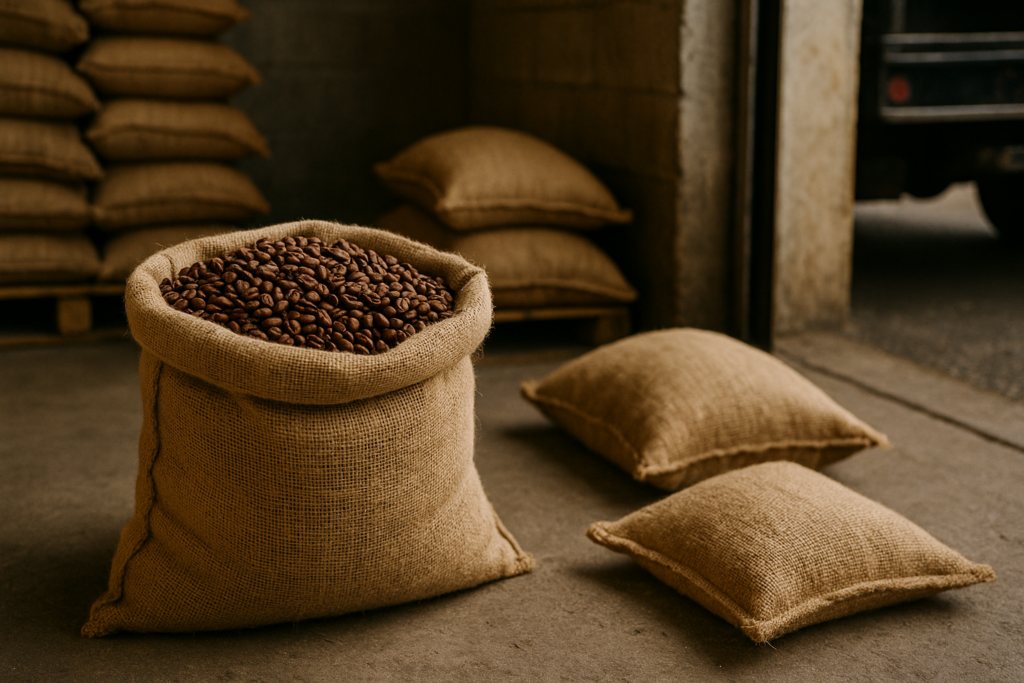
What Direct Trade Means for the Future of Coffee
At its best, direct trade offers a more human, potentially more transparent way to source coffee—one that values relationships as much as results. It gives farmers a voice, roasters a story, and consumers a deeper connection to what’s in their cup. But the system only works when those relationships are grounded in honesty, fairness, and a real willingness to invest—not just financially, but ethically and environmentally. Without clear commitments, direct trade risks becoming a vague promise rather than a meaningful model.
So, is direct trade better for farmers and the planet? It can be—but only when it’s done with purpose. When direct trade is more than just a label, when it comes with transparency, long-term thinking, and mutual respect, it can help build a more equitable and sustainable coffee future. And that’s a cup worth supporting.

